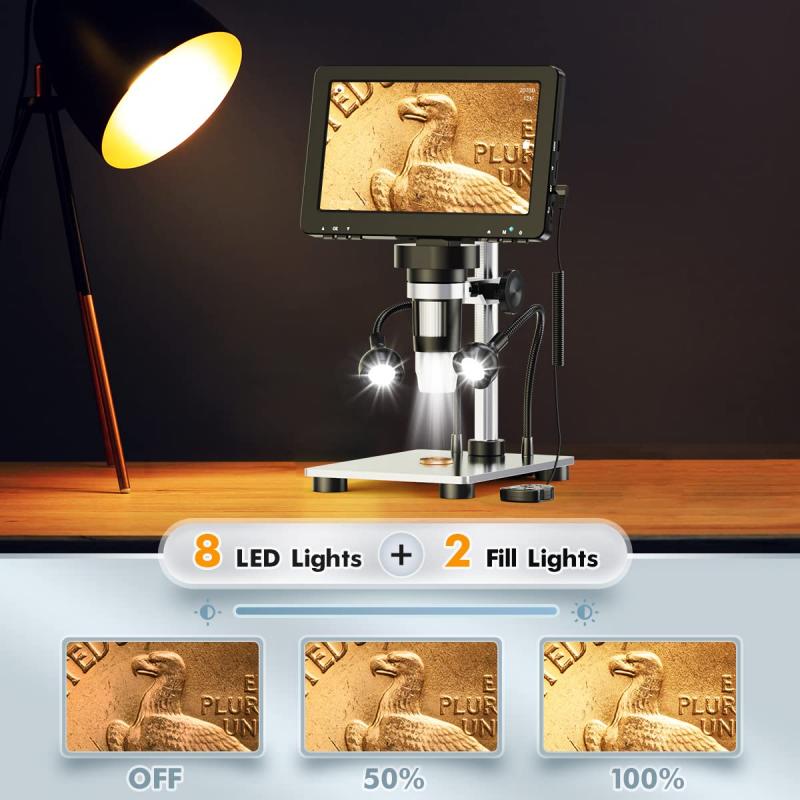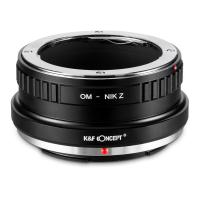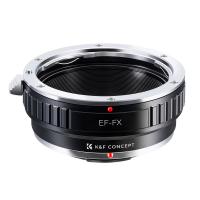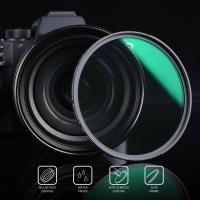How Does The Light Microscope Work ?
The light microscope works by using visible light to illuminate a specimen and magnify it for observation. Light from a source, such as a bulb, passes through a condenser lens, which focuses the light onto the specimen. The light then passes through the objective lens, which further magnifies the image. The objective lens collects the light that has interacted with the specimen and forms an enlarged, real image. This image is then magnified again by the eyepiece lens, which allows the viewer to see the specimen. The total magnification is calculated by multiplying the magnification of the objective lens by the magnification of the eyepiece lens. The light microscope also includes various adjustments, such as focus and stage controls, to optimize the clarity and position of the specimen.
1、 Optical principles of light microscopy
The light microscope, also known as an optical microscope, is a widely used tool in scientific research and medical diagnostics. It works on the principles of optics to magnify and visualize small objects that are otherwise invisible to the naked eye.
The basic working principle of a light microscope involves the use of visible light to illuminate the specimen and a series of lenses to magnify the image. The light source, typically a halogen lamp, emits light that passes through a condenser lens, which focuses the light onto the specimen. The light then passes through the objective lens, which further magnifies the image, and finally through the eyepiece lens, which allows the viewer to observe the magnified image.
The magnification power of a light microscope is determined by the combination of the objective lens and the eyepiece lens. The objective lens is responsible for the primary magnification, typically ranging from 4x to 100x, while the eyepiece lens provides additional magnification, usually 10x. This results in a total magnification of 40x to 1000x, allowing for detailed examination of the specimen.
In recent years, advancements in light microscopy have led to the development of techniques such as confocal microscopy and fluorescence microscopy. Confocal microscopy uses a pinhole aperture to eliminate out-of-focus light, resulting in improved resolution and 3D imaging capabilities. Fluorescence microscopy utilizes fluorescent dyes or proteins to label specific structures within the specimen, allowing for the visualization of specific molecules or cellular components.
Overall, the light microscope continues to be an essential tool in various scientific disciplines, providing valuable insights into the microscopic world. Ongoing advancements in technology and techniques continue to enhance the capabilities and applications of light microscopy.

2、 Components and functions of a light microscope
The light microscope is a widely used tool in scientific research and medical diagnostics. It works by using visible light to magnify and resolve small objects or structures that are otherwise invisible to the naked eye. The basic components and functions of a light microscope include the light source, condenser, objective lens, eyepiece, and stage.
The light source, typically a halogen bulb, emits light that passes through a condenser. The condenser focuses and directs the light onto the specimen, which is placed on the stage. The objective lens, located near the specimen, further magnifies the image. The eyepiece, or ocular lens, allows the viewer to observe the magnified image. By adjusting the focus and magnification, the light microscope enables detailed examination of the specimen.
The latest advancements in light microscopy have revolutionized the field. Techniques such as fluorescence microscopy, confocal microscopy, and super-resolution microscopy have enhanced the capabilities of light microscopes. Fluorescence microscopy uses fluorescent dyes or proteins to label specific structures within the specimen, allowing for visualization of specific molecules or cellular components. Confocal microscopy uses a pinhole to eliminate out-of-focus light, resulting in sharper images and improved resolution. Super-resolution microscopy techniques, such as stimulated emission depletion (STED) microscopy and structured illumination microscopy (SIM), surpass the diffraction limit of light, enabling the visualization of structures at the nanoscale.
In conclusion, the light microscope works by using visible light to magnify and resolve small objects. Its components, including the light source, condenser, objective lens, eyepiece, and stage, work together to produce a magnified image. With the latest advancements in light microscopy, researchers can now explore the intricate details of biological structures and processes with unprecedented clarity and resolution.

3、 Illumination and specimen preparation in light microscopy
The light microscope, also known as the optical microscope, is a widely used tool in scientific research and medical diagnostics. It allows scientists and researchers to observe and study microscopic objects and structures that are not visible to the naked eye. The basic principle behind the functioning of a light microscope involves the illumination of the specimen and the preparation of the specimen for observation.
Illumination in light microscopy is achieved by passing light through the specimen. This can be done using a light source, such as a halogen lamp or an LED, which emits light of a specific wavelength. The light passes through a condenser lens, which focuses and directs the light onto the specimen. The specimen, in turn, scatters or absorbs the light, depending on its properties and composition.
To enhance the contrast and visibility of the specimen, various techniques can be employed. Staining is a common method used to highlight specific structures or components within the specimen. Fluorescent dyes can be used to label specific molecules or cells, allowing for their visualization under specific wavelengths of light. Phase contrast and differential interference contrast microscopy are techniques that exploit differences in refractive index to enhance contrast in transparent specimens.
In recent years, advancements in light microscopy have led to the development of new techniques and technologies. Super-resolution microscopy, for example, allows for the visualization of structures at a resolution beyond the diffraction limit of light. This has revolutionized the field of cell biology, enabling researchers to study cellular processes at the nanoscale level.
In conclusion, the light microscope works by illuminating the specimen and preparing it for observation. Through various techniques and advancements, light microscopy continues to be a powerful tool in scientific research, providing valuable insights into the microscopic world.

4、 Image formation and magnification in light microscopy
The light microscope is a widely used tool in scientific research and medical diagnostics. It works by using visible light to illuminate a sample and magnify the image for observation. The basic principles of image formation and magnification in light microscopy involve the interaction of light with the sample and the use of lenses.
When light passes through the sample, it undergoes various interactions such as absorption, reflection, and scattering. These interactions provide contrast and allow the visualization of different structures within the sample. The light that passes through the sample then enters the objective lens, which collects and focuses the light onto the image plane.
The objective lens plays a crucial role in magnifying the image. It has a high numerical aperture, which determines its ability to gather light and resolve fine details. The magnification power of the objective lens is determined by its focal length and the eyepiece lens used in conjunction with it.
In traditional light microscopy, the magnified image is observed directly through the eyepiece. However, advancements in technology have led to the development of digital imaging systems. These systems use cameras to capture the magnified image and display it on a computer screen, allowing for easier analysis and documentation.
In recent years, there have been significant advancements in light microscopy techniques. Super-resolution microscopy techniques, such as stimulated emission depletion (STED) microscopy and structured illumination microscopy (SIM), have pushed the limits of resolution beyond the diffraction limit of light. These techniques utilize clever optical tricks and fluorescent labeling to achieve resolutions on the nanometer scale, enabling the visualization of previously unseen structures within cells and tissues.
In conclusion, the light microscope works by illuminating a sample with visible light and using lenses to magnify the image. The interaction of light with the sample provides contrast, and the objective lens collects and focuses the light onto the image plane. Advancements in technology have expanded the capabilities of light microscopy, allowing for higher resolution imaging and improved analysis.































There are no comments for this blog.